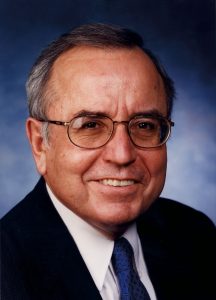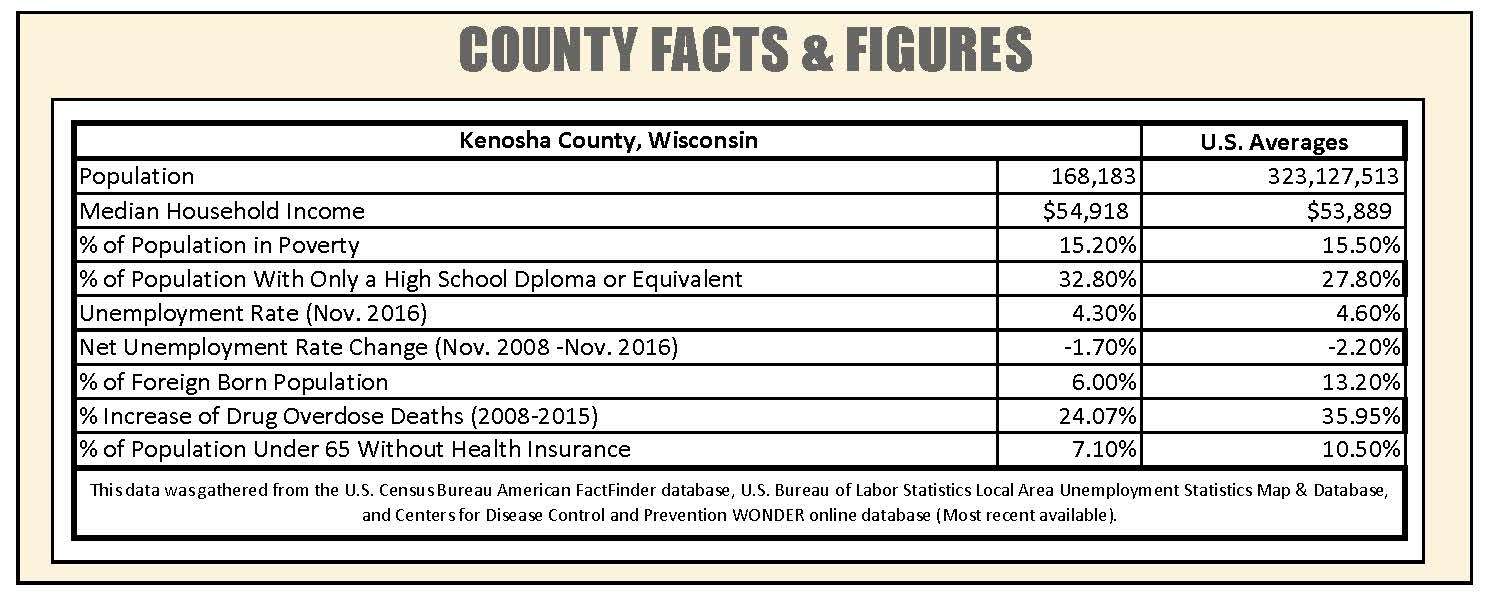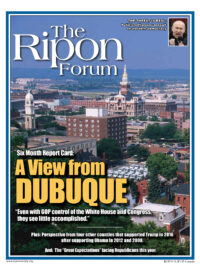“While Kenosha County has reflected the Republican trend, there is continuing Democratic support.”

The Republican Party has become dominant in Wisconsin, with promising opportunities for the future.
Viewed from more local perspectives, however, the picture becomes a more mixed, complex tapestry. The Democratic Party has significant challenges, but it also has opportunities. Kenosha County in Southeast Wisconsin reflects both trends.
Donald Trump won the state in 2016, against informed predictions and polling evidence. In the same election, incumbent Republican Senator Ron Johnson beat back former Senator Russ Feingold, whom he defeated in 2010. Southeast Wisconsin reflects state and national trends. President Trump’s approval ratings continue to be relatively low. However, polls generally underestimated his true support in 2016.
Republican Governor Scott Walker has been elected and reelected, and survived a bitter recall effort. The Republican Party controls the state legislature.
President Trump’s approval ratings continue to be relatively low. However, polls generally underestimated his true support in 2016.
Republican U.S. House Speaker Paul Ryan represents Wisconsin’s 1st Congressional District, which includes Kenosha, after succeeding Republican Mark Neumann in early 1999. Previously, the seat was held for two decades by Democrat Les Aspin, a respected defense policy analyst. Democrat Peter Barca briefly succeeded Aspin in the House.

While Kenosha County has reflected the Republican trend, there is continuing Democratic support. Trump carried the county by less than 1,000 votes. By contrast, Barack Obama in 2012 had a vote margin of nearly 10,000. Notably lower voter turnout in 2016 helps explain the difference.
Kenosha County Executive Jim Kreuser and Kenosha Mayor John Antaramian served as Democrats in the State Assembly. Long-time Democratic State Senator Bob Wirch emphasizes his labor union background, and survived an aggressive 2010 Republican campaign. The four Kenosha Assembly seats are equally divided between Democrats and Republicans, with Peter Barca among the former.
Kenosha was highlighted in the 2016 presidential primary campaign. Senator Bernie Sanders spoke at Carthage College in Kenosha on March 30, 2016, to an overflow crowd. Along with the college community, the audience comprised a large number of working people. Sanders won the primary. The selection of Kenosha as the location for his speech reflects the historic labor union strength in the area, especially the United Auto Workers (UAW).
Likewise, history was a factor in the visit of President Donald Trump to Snap-on Tools in Kenosha on April 18, 2017. During the visit, he announced an executive order to “buy American, hire American.” Snap-on is rightly viewed as an American institution, emphasizing quality workmanship, though today the company is global in hiring, production and sales.

Kenosha has successfully adjusted to the decline of manufacturing jobs, attracting new residents and new businesses, especially related to transportation and storage. New Amazon and Uline facilities reflect this. Kenosha County is closely integrated with the Chicago regional economy.
History was a factor in the visit of President Donald Trump to Snap-on Tools in Kenosha on April 18, 2017.
Wisconsin historically has been in the forefront of labor reform. In 1865, a local chapter of the Molders Union was formed in Milwaukee. In 1886, there was substantial labor protest across the nation in support of the eight-hour workday. Milwaukee had one of the most sizable such efforts. In 1933, UAW workers sat down on the job at Nash Motors in Kenosha, four years before a similar protest and infamous violent repression of workers at the General Motors plant in Flint, Michigan.
The UAW from the start emphasized health care, and today that is an important political issue at the local and state as well as national levels. Speaker Ryan has struggled to achieve passage of a Republican alternative to the Obama administration’s Affordable Care Act. Ohio resident David Yankovich has received publicity by announcing a move to Kenosha to join other Democrats planning to run against Ryan in 2018. Yankovich is emphasizing health care reform.
Wisconsin opinion appears congruent with nationwide polls indicating President Trump has a relatively low approval rating. However, the 2016 election demonstrated polling errors dramatically. In 2020, Wisconsin likely will remain a battleground state.
Arthur I. Cyr is the A.W. and Mary Margaret Clausen Distinguished Professor of Political Economy and World Business, and Director of the Clausen Center for World Business, at Carthage College




